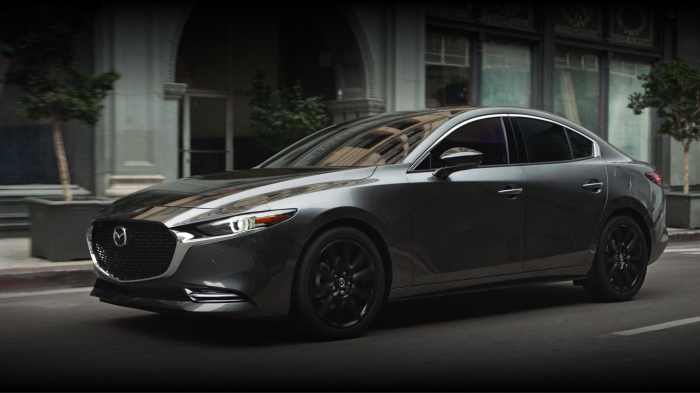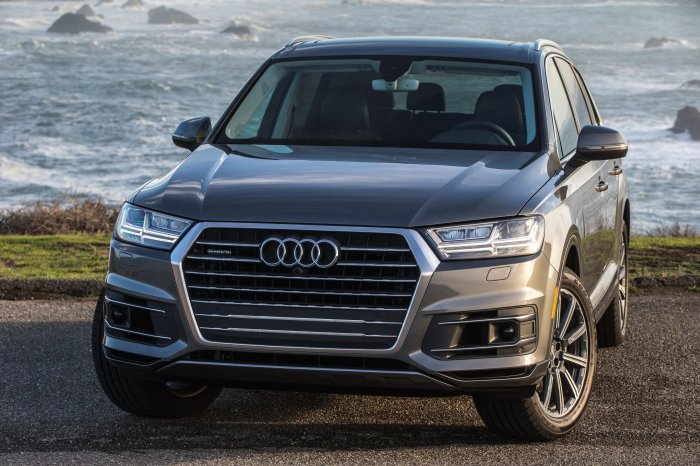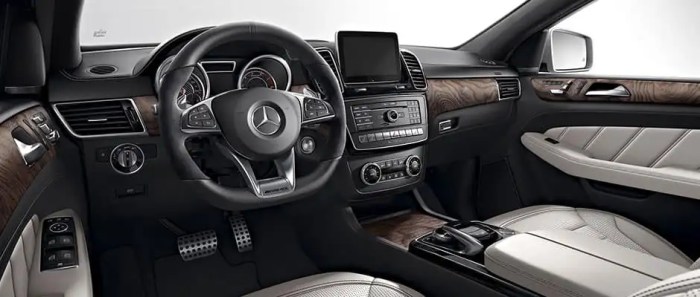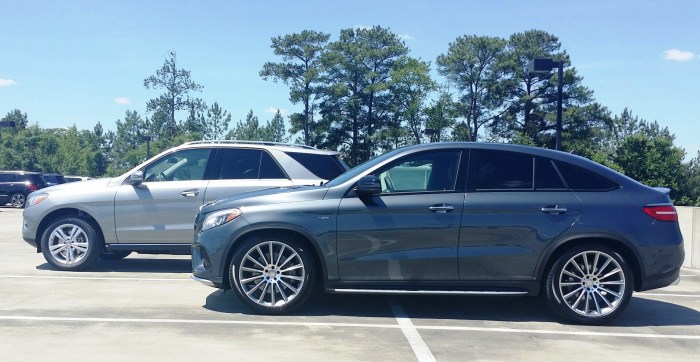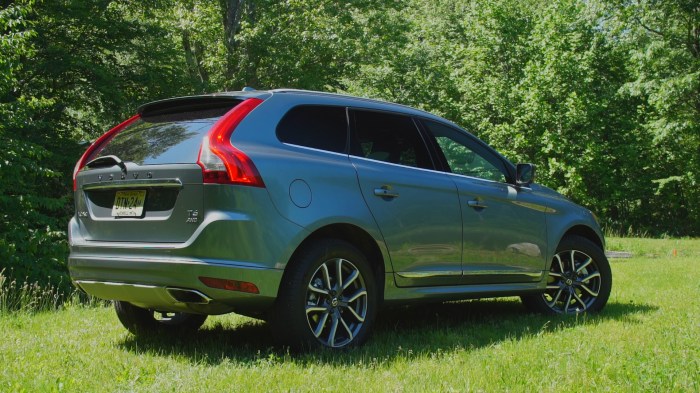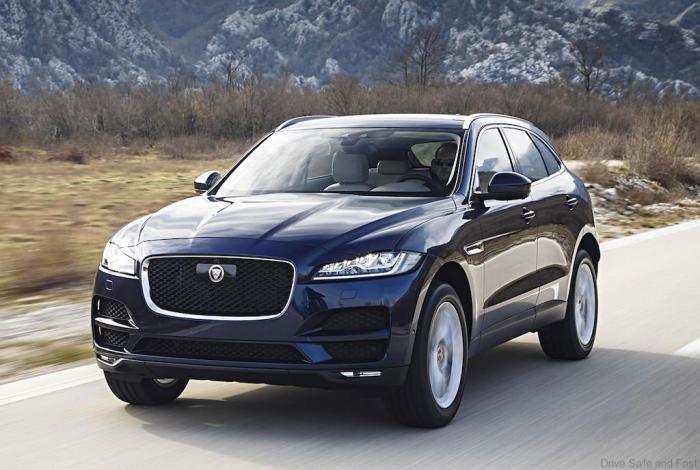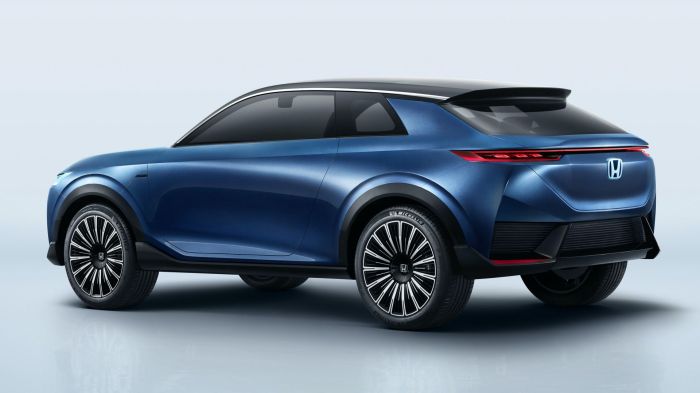Audi Q5 Sportback takes center stage, showcasing a remarkable fusion of modern design and exhilarating performance that captivates SUV enthusiasts. With its sleek lines and sporty silhouette, this luxury vehicle not only turns heads but also offers an impressive array of features that enhance both driving pleasure and comfort. From powerful engine options to cutting-edge technology, the Audi Q5 Sportback promises an experience that exceeds expectations in the competitive SUV market.
As we delve deeper, we’ll explore the distinctive styling elements, performance specifications, and advanced technology integrated into the Q5 Sportback, setting it apart from traditional SUVs.
Overview of Audi Q5 Sportback
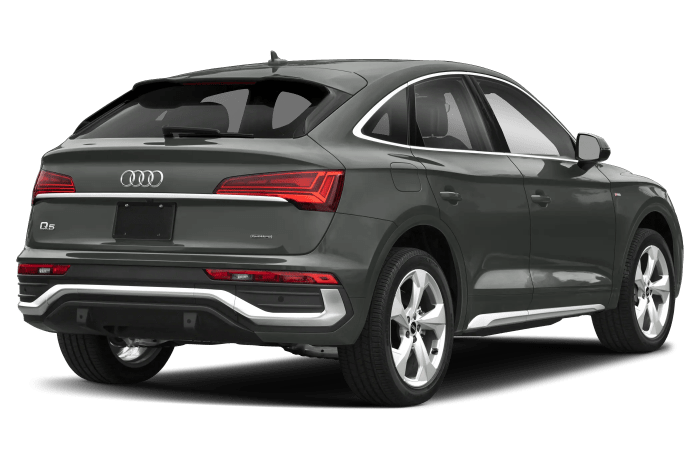
The Audi Q5 Sportback represents a harmonious blend of luxury, sportiness, and cutting-edge technology. With an elegant silhouette that combines the versatility of an SUV with the dynamic attributes of a coupe, it stands out in the luxury crossover segment. This vehicle caters to those who seek a stylish and sophisticated driving experience without compromising on performance or practicality.The design features of the Audi Q5 Sportback are characterized by its sloping roofline, bold front grille, and distinctive LED lighting.
The overall aesthetic is sporty yet sophisticated, with a streamlined body that enhances aerodynamics. The interior boasts premium materials and meticulous craftsmanship, ensuring that every detail exudes quality. Comfort is paramount, with spacious seating and a versatile cargo area that caters to various lifestyle needs.
When considering a new vehicle, many people turn their attention to various options, but the choice of a reliable car can significantly impact your daily life. From fuel efficiency to safety features, the right car is essential for comfort and convenience. One standout model in the market is the mazdacx 5 , which combines style and performance, making it a popular choice for those who value both aesthetics and functionality.
Performance Specifications
The Audi Q5 Sportback offers a variety of engine options designed to deliver impressive power and efficiency. The standard model is equipped with a 2.0-liter turbocharged four-cylinder engine that produces 261 horsepower and 273 lb-ft of torque. This engine is paired with a seven-speed dual-clutch automatic transmission, providing smooth and responsive gear shifts. For those seeking more performance, the Q5 Sportback also offers a plug-in hybrid variant that combines a 2.0-liter engine with an electric motor, generating a combined output of 362 horsepower.
This hybrid system allows for an electric-only driving range, making it an eco-friendly choice without sacrificing performance. The quattro all-wheel-drive system is standard across all models, enhancing traction and stability in various driving conditions.
Technology Features and Infotainment System
The Audi Q5 Sportback is equipped with an advanced technology suite that enhances both connectivity and entertainment. The centerpiece of the infotainment system is the MMI touch display, which features a high-resolution screen that is intuitive and user-friendly. This system supports seamless smartphone integration through Apple CarPlay and Android Auto, allowing drivers to access their favorite apps and navigation tools effortlessly.In addition to the infotainment system, the Q5 Sportback includes a suite of driver assistance features that enhance safety and convenience.
Key technologies include adaptive cruise control, lane departure warning, and a 360-degree camera system that provides a comprehensive view of the vehicle’s surroundings. The virtual cockpit, a fully digital instrument cluster, presents vital information in a customizable format, ensuring that drivers have essential data at their fingertips without distraction.> “The Audi Q5 Sportback is not just a vehicle; it’s a sophisticated blend of luxury, performance, and technology.”
Comparison with Other SUVs
In the competitive landscape of luxury SUVs, the Audi Q5 Sportback stands out not only for its aesthetic appeal but also for its performance and features. When compared to its rivals, it showcases a blend of design, comfort, and technology that appeals to discerning buyers seeking both style and substance.Comparing the Q5 Sportback with key competitors such as the BMW X4 and Mercedes-Benz GLC Coupe reveals distinct advantages.
The Q5 Sportback offers a more spacious interior and cargo capacity while providing cutting-edge technology as standard. One of the critical differentiators is its Quattro all-wheel drive system, which enhances driving confidence across various terrains and weather conditions.
Advantages of Q5 Sportback Over Traditional SUVs
Choosing the Audi Q5 Sportback over traditional SUVs significantly enhances the driving experience. The Sportback design not only contributes to its sleek appearance but also plays a role in optimizing aerodynamics and fuel efficiency. The following highlights the major advantages of the Q5 Sportback:
- Enhanced Aerodynamics: The coupe-like silhouette reduces drag, improving fuel economy and performance.
- Improved Handling: The lower center of gravity provides a sportier driving feel compared to boxier traditional SUVs.
- Luxury Features: Standard features often surpass those of traditional SUVs, including advanced infotainment systems and premium materials.
- Versatile Cargo Space: Despite its sporty design, the Q5 Sportback offers commendable cargo space, making it practical for everyday use.
User feedback on the Audi Q5 Sportback emphasizes its comfort and driving dynamics. Many drivers report that the well-appointed interior, with its high-quality materials and ergonomic design, creates a luxurious environment. Furthermore, the driving experience, characterized by a smooth ride and responsive steering, is frequently praised when compared to the driving dynamics of competitors.
User Feedback on Comfort and Driving Experience
The reception of the Q5 Sportback’s comfort and driving experience is overwhelmingly positive among users. Many highlight the following aspects that set it apart from similar models:
- Quiet Cabin: Insulation techniques ensure that road noise is minimized, creating a serene driving environment.
- Supportive Seating: The front seats are often described as exceptionally comfortable, with ample adjustability and support during long drives.
- Smooth Ride Quality: Users frequently note the sophisticated suspension system that absorbs bumps effectively, enhancing overall comfort.
- Intuitive Technology: The MMI infotainment system is appreciated for its user-friendly interface and responsiveness, making it easy to access features while driving.
In conclusion, the Audi Q5 Sportback holds its own against competitors by offering a unique blend of style, comfort, and performance. As luxury SUV buyers seek more than just functionality, the Q5 Sportback’s attributes make it a compelling choice in its segment.
Customization Options: Audi Q5 Sportback
The Audi Q5 Sportback is not just about performance and luxury; it also offers a plethora of customization options that allow drivers to tailor their vehicles to match their personalities and preferences. From trim levels to aesthetic choices, the Q5 Sportback enables a high degree of personalization, ensuring that your vehicle stands out on the road.Choosing different trim levels and packages provides numerous benefits, including enhanced features, improved technology, and unique design elements.
The mazdacx 5 is a remarkable SUV that not only offers a sleek design but also comes equipped with advanced technology to enhance your driving experience. Choosing the right car is crucial, and the mazda cx-5 stands out with its spacious interior and impressive fuel economy, making it an ideal option for families and adventure seekers alike.
Each trim level is designed to cater to specific tastes and needs, enabling buyers to select just the right combination of performance and luxury.
Available Customization Options
The Audi Q5 Sportback offers an extensive range of customization options that enhance both its functionality and style. The following categories Artikel the key areas of customization available for this model:
- Trim Levels:
-The Q5 Sportback is available in several trim levels, including Premium, Premium Plus, and Prestige. Each trim offers progressively more luxury features such as advanced infotainment systems, premium sound systems, and enhanced safety technology.
- Packages:
-Buyers can opt for various packages that include specific features, like the Convenience Package, Technology Package, and Sport Package, which add elements such as adaptive cruise control, advanced navigation, and sport-tuned suspension.
- Aesthetic Options:
-The Q5 Sportback allows for a range of exterior colors, including vibrant hues and elegant tones. Customization options extend to wheel designs, with choices such as 19-inch alloy wheels, 20-inch sport wheels, and more.
- Interior Materials:
-Buyers can select from premium interior materials, including genuine leather upholstery, Alcantara, and wood trim options. These choices enhance the tactile experience and elevate the overall luxury feel of the cabin.
The Audi Q5 Sportback’s customization options allow owners to reflect their personal style while enjoying top-tier performance and comfort.
By considering these customization options, prospective buyers can create a Q5 Sportback that not only meets their practical needs but also resonates with their individual aesthetics and lifestyle preferences.
Safety Features
The Audi Q5 Sportback stands as a testament to the brand’s commitment to safety, incorporating a suite of advanced technologies designed to protect occupants and enhance driving security. With a focus on proactive measures and robust structural integrity, the Q5 Sportback ensures peace of mind for both drivers and passengers.The Q5 Sportback integrates a range of cutting-edge safety technologies, forming a multi-layered defense system.
These features work in tandem to prevent accidents and minimize injuries when incidents occur.
Advanced Safety Technologies
The Audi Q5 Sportback is equipped with an impressive array of safety technologies that elevate its protection levels. Key features include:
- Audi Pre Sense Basic: This system initiates protective measures for occupants if a collision is imminent, such as closing windows and tightening seatbelts.
- Audi Pre Sense Front: Utilizing radar and cameras, this technology detects vehicles and pedestrians in front of the car, warning the driver and applying brakes if necessary.
- Adaptive Cruise Control: This feature automatically maintains a set distance from the vehicle ahead, adjusting speed as needed, promoting safer highway driving.
- Lane Departure Warning: This system alerts drivers if they unintentionally drift out of their lane, helping to prevent accidents caused by driver fatigue or distraction.
- Rear Cross Traffic Alert: This assists drivers when reversing by warning of approaching traffic from the sides, enhancing safety while navigating parking lots.
The combination of these technologies contributes to the Q5 Sportback’s reputation as a safe and reliable SUV, making it a preferred choice for families and safety-conscious drivers alike.
Crash Test Ratings and Safety Awards
The Audi Q5 Sportback has undergone rigorous testing to ensure its safety on the road. It has consistently received high ratings from independent safety organizations, an assurance of its capability to protect occupants in various crash scenarios. Notable accolades include:
- National Highway Traffic Safety Administration (NHTSA): The Q5 Sportback achieved a five-star overall safety rating, underscoring its excellent crashworthiness.
- Insurance Institute for Highway Safety (IIHS): The vehicle earned the “Top Safety Pick+” designation, reflecting its superior performance in crash tests and advanced safety features.
These ratings reflect the vehicle’s robust design and advanced safety technologies, contributing to its appeal in a competitive segment.
Owner Testimonials on Safety Performance
Real-world experiences from Audi Q5 Sportback owners underscore the effectiveness of its safety features. Many drivers have shared testimonials highlighting their confidence in the vehicle’s performance during critical situations.
“I was involved in a rear-end collision, and thanks to the Audi Pre Sense system, the car reacted instantly. I believe it significantly reduced the impact.”
Sarah, Q5 Sportback Owner.
“Driving with my kids, I always feel secure. The lane assist and adaptive cruise control make long drives much more relaxing and safe.”
Michael, Q5 Sportback Owner.
These testimonials reflect a common sentiment among owners, reinforcing the Q5 Sportback’s reputation as a reliable and safe choice for everyday driving.
Ownership Experience
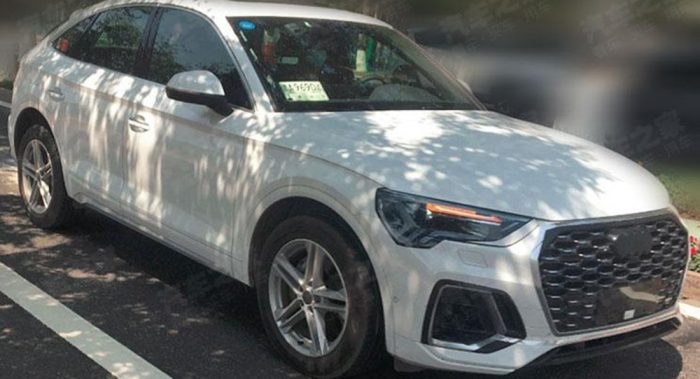
The ownership experience of the Audi Q5 Sportback encompasses various aspects, from maintenance requirements and ownership costs to warranty coverage and resale value trends. Understanding these elements is crucial for potential buyers considering this luxury SUV. This section provides a comprehensive overview of what to expect when owning an Audi Q5 Sportback.
Maintenance Requirements and Ownership Costs
Maintaining the Audi Q5 Sportback involves regular servicing and adherence to manufacturer guidelines to ensure optimal performance. Key maintenance aspects include:
- Routine oil changes are typically needed every 10,000 miles or annually, whichever comes first, with costs averaging around $100 to $200.
- Brake pad replacement generally occurs every 30,000 to 70,000 miles, with costs ranging from $300 to $800, depending on whether genuine Audi parts are used.
- Tire rotation and alignment are recommended every 5,000 to 10,000 miles, which can cost approximately $50 to $150 each time.
- Annual inspections and fluid replacements, including coolant and transmission fluid, contribute to the overall ownership costs, averaging an additional $300 to $600 yearly.
“The total cost of ownership, including insurance, fuel, and maintenance, tends to average between $800 to $1,200 per month over the first five years.”
Warranty Coverage and After-Sales Service Options, Audi q5 sportback
The Audi Q5 Sportback is typically covered by a comprehensive warranty program, which includes:
- A limited warranty for 4 years or 50,000 miles, covering most components against manufacturing defects.
- A powertrain warranty lasting 4 years or 50,000 miles, focusing on the engine and transmission.
- Roadside assistance for the same duration enhances peace of mind for owners, providing support in case of unexpected breakdowns.
After-sales service is also an important aspect, as Audi offers various service packages. These packages can include prepaid maintenance plans that cover regular services at a fixed cost, ensuring that owners have predictable expenses.
Resale Value Trends and Factors Affecting It
The resale value of the Audi Q5 Sportback is influenced by several factors, including market demand, vehicle condition, mileage, and the overall reputation of the Audi brand. Typically, premium SUVs like the Q5 Sportback hold their value relatively well. Key trends affecting resale values include:
- Luxury vehicles generally depreciate slower than economy models, with the Q5 Sportback retaining about 50-60% of its value after five years.
- High demand for well-maintained models in the used luxury car market can lead to better resale prices.
- Technology upgrades and driving assistance features can enhance the desirability of older models, further boosting their resale potential.
“Factors like maintenance history, accident reports, and service records significantly impact resale values, making it essential for owners to keep thorough documentation.”
